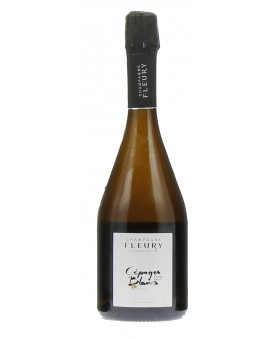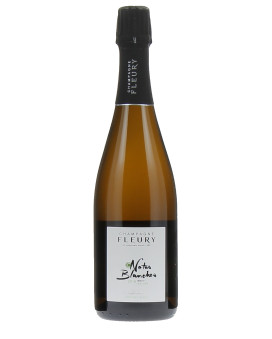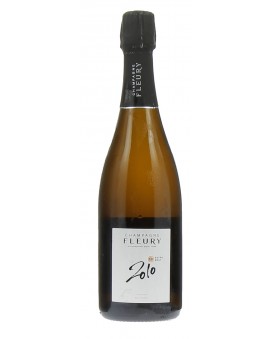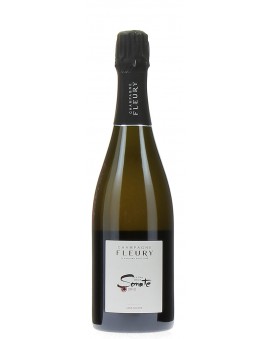- Abelé 1757
- Agrapart
- Alfred Gratien
- Apollonis
- AR Lenoble
- Armand de Brignac
- Ayala
- Barons de Rothschild
- Beaumont des Crayères
- Benoît Lahaye
- Bergeronneau Marion
- Besserat De Bellefon
- Billecart - Salmon
- Blin
- Bollinger
- Bruno Paillard
- Canard Duchene
- Castelnau
- Cattier
- Charles Collin
- Charles Heidsieck
- Chartogne-Taillet
- Chassenay d'Arce
- De Saint Gall
- De Sousa
- De Venoge
- Delamotte
- Demoiselle
- Deutz
- Devaux
- Diamant Vranken
- Dom Perignon
- Drappier
- Duval - Leroy
- Egly-Ouriet
- Epc
- Fleury
- Gosset
- Heidsieck & Co Monopole
- Henri Giraud
- Henriot
- Jacquart
- Jacquesson
- Jean-Noel Haton
- Joseph Perrier
- Konrat
- Krug
- Lafitte
- Laherte
- Lallier
- Lanson
- Larmandier-Bernier
- Laurent-Perrier
- Leclerc Briant
- Lombard
- Mailly Grand Cru
- Moet Et Chandon
- Montaudon
- Moussé Fils
- Mumm
- Napoleon
- Nicolas Feuillatte
- Pannier
- Paul Goerg
- Perrier Jouet
- Philipponnat
- Pierre Gimonnet
- Piper - Heidsieck
- Pol Roger
- Pommery
- Rare Champagne
- Louis Roederer
- Ruinart
- Salon
- Selosse
- Soutiran
- Taittinger
- Thienot
- Tsarine
- Veuve Clicquot
- Veuve Lanaud
Fleury Champagne
 This family domain from Aube is a pioneer in biodynamic viticulture, and following years of rigorous work, their champagnes now benefit from a high quality, based on accuracy, righteousness, and an amazing digestibility.Its level of savors intensity is simply exceptional in Champagne, and its cuvée are dominated by a vinous expression, from the generous Pinot Noir.The House's champagnes reaches a very high level of quality, widely acclaimed in specialized books and magazines.
This family domain from Aube is a pioneer in biodynamic viticulture, and following years of rigorous work, their champagnes now benefit from a high quality, based on accuracy, righteousness, and an amazing digestibility.Its level of savors intensity is simply exceptional in Champagne, and its cuvée are dominated by a vinous expression, from the generous Pinot Noir.The House's champagnes reaches a very high level of quality, widely acclaimed in specialized books and magazines.
Champagne FLEURY
The estate
The Fleury vineyard has been in existence since 1895. The estate is located in southern Champagne in the Côte des Bar, south of the Seine Valley. Courteron, our village, is 45km south of Troyes. Its 15ha are planted on clay-limestone slopes, with 85% Pinot Noir, 10% Chardonnay, 3% Pinot Blanc and 2% Pinot Gris. Average annual production is 200,000 bottles, with 8ha of biodynamic grapes purchased from partner producers.
A family estate
4 generations
- Emile, the great-grandfather, was the first to plant grafted Pinot Noirs in the region, after the phylloxera invasion.
- In 1929, his son Robert champagnised his own crop and became a "récoltant manipulant", striving to produce a quality champagne.
- In 1962, Jean-Pierre took over the family estate, cultivating according to the chemical practices of the time. In 1970, he embarked on an ecological approach to viticulture, using mechanical weeding and organic fertilizers. In 1989, the switch to biodynamic viticulture came naturally, making him the first biodynamic producer in Champagne.
- In 2009, the fourth generation enters the scene, still using methods that respect the environment and aim for optimum quality.
Biodynamics
Organic aspect
In 1970, we chose compost and organic fertilizers rather than chemical ones for our vineyards, mechanical and manual weeding instead of herbicides, and a minimum of phyto-sanitary products, as is the case today with integrated farming. As an extension of this approach, we began converting to biodynamic viticulture, first on 3 hectares, then on the entire vineyard in 1992.
Its origins date back to 1924. At the request of a group of farmers already concerned about the harmful consequences of chemical fertilization - degeneration of the earth and the food it produces - Rudolf Steiner, scientist and philosopher, decided to convert the vineyard to biodynamic viticulture.
- Rudolf Steiner, the Austrian scientist and philosopher, gave a series of lectures laying the foundations of biodynamic agriculture, explaining the laws of living organisms. At the heart of the biodynamic approach is the need to understand man's role in relation to the planet, to understand the living world. Biodynamic viticulture is a global method that opens the way to understanding the profound nature of plants, man and their interrelationships. Biodynamic viticulture consists in nourishing the earth, bringing it to life through the use of compost and specific mineral, plant and animal preparations designed to make the soil and the plant sensitive and receptive once again to the many subtle influences of the earth and the sky.
Dynamic aspect
Include cosmic rhythms: life is driven by the rhythms of the sun (day, night, seasons), the moon (waxing and waning, rising and falling) and other planets. These rhythms act on the earth and are used to optimize the action of the vineyard.
Biodynamic viticulture harmonizes the four elements of earth, water, air and fire. The soil, with its heavy earth elements: clay-humus complex and water, is brought into harmony with the light cosmic elements: air, heat, and even the higher elements of the atmosphere: stratosphere, heliosphere...
Trusted Reviews
97% of satisfied customers Shipping 24H
Order before 11AM Gift Message
free + 1200 références
in stock Storage
Hydro-regulated Secure Payment
Credit Card, Amex, Paypal, Bank transfer 






















